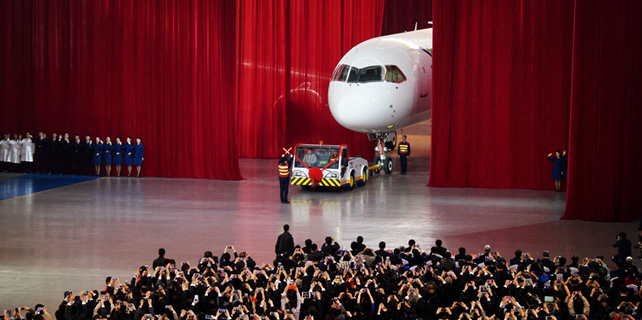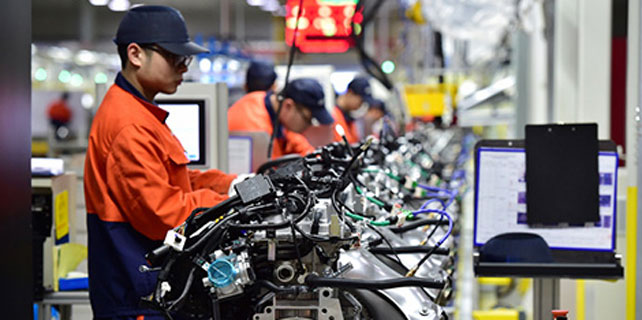Deepening of supply-side reform continues
In order to adapt to the economic new normal, deepening supply-side structural reform was an almost inevitable choice.
Now, further exploration of this new strategic task-its mode and means of implementation-is needed to achieve substantial progress.
The Decision of the Communist Party of China Central Committee on Some Major Issues Concerning Comprehensively Deepening Reforms in 2013 offers some guidelines for this undertaking, while the generally stable, positive and progressive trend of the Chinese economy provides both the foundation and space for deepening supply-side reform. But although the progress and experiences gained since the end of 2015 offer practical lessons for the implementation of Chinese structural reform, there are new challenges that need to be overcome.
On the one hand, a theoretical framework for supply-side reform has been established, which determines how it fits into the theory of a socialist market economy, but how to popularize its methodology and basic concepts is a problem that needs to be solved.
On the other hand, some new dilemmas and conflicts have emerged when carrying forward structural reforms over last year, for instance, the insufficient innovation at local levels and the over-reliance on administrative measures in some sectors. The market has to play a bigger role to make the supply-side reforms sustainable in the long run.
Since November 2015, President Xi Jinping has made a number of speeches that have enriched the theoretical connotations of supply-side reforms and set out practical guidelines for the reforms to be more fruitful. In doing so, he has also pointed out the direction for advancing the innovation and practice of theory in the next stage.
First, we need to locate the key tasks of supply-side reform based on the principal contradictions in different stages. As the "steady growth" target has achieved substantial progress and the "L-shaped" growth trend of the economy has adjusted into the bottom part of operation, "risk control" should be the next focus of reform and short-term macro regulation. This requires the government to put emphasize on problems that might trigger systematic financial risks, such as the high levels of debt and too little capital flowing into the real economy.
Second, we need to ensure supply-side reform is problem-oriented, so it can gradually solve the underlying structural and institutional problems, then further expand the depth and extent of supply-side reform.
Third, we need to sort out the core perspectives and main direction of the reform. The focus of future work should be ensuring the real economy prospers. Therefore, priority should be given to eliminating zombie companies and reducing the leverage ratio of enterprises, offering support to companies by cutting taxes and fees. The government should also respond to people's urgent needs and tackle problems that seriously restrain socio-economic development.
Fourth, we have to motivate local authorities to come up with more innovative approaches to implement reforms and inspire them to have more enthusiasm when tackling any problems that emerge in the implementation of reforms, so as to smoothly finish "the last mile of reform".
The author is vice-president of Renmin University of China.
- IMF raises China 2017 growth forecast due to its progress in economic reform
- Fund to push economic reform in Shanxi
- China's supply-side economic reform gains steam: NDRC head
- Bio-industry to spearhead Shanxi's economic reform
- China to face 'most challenging' year in economic reform: Shenzhen think tank






















